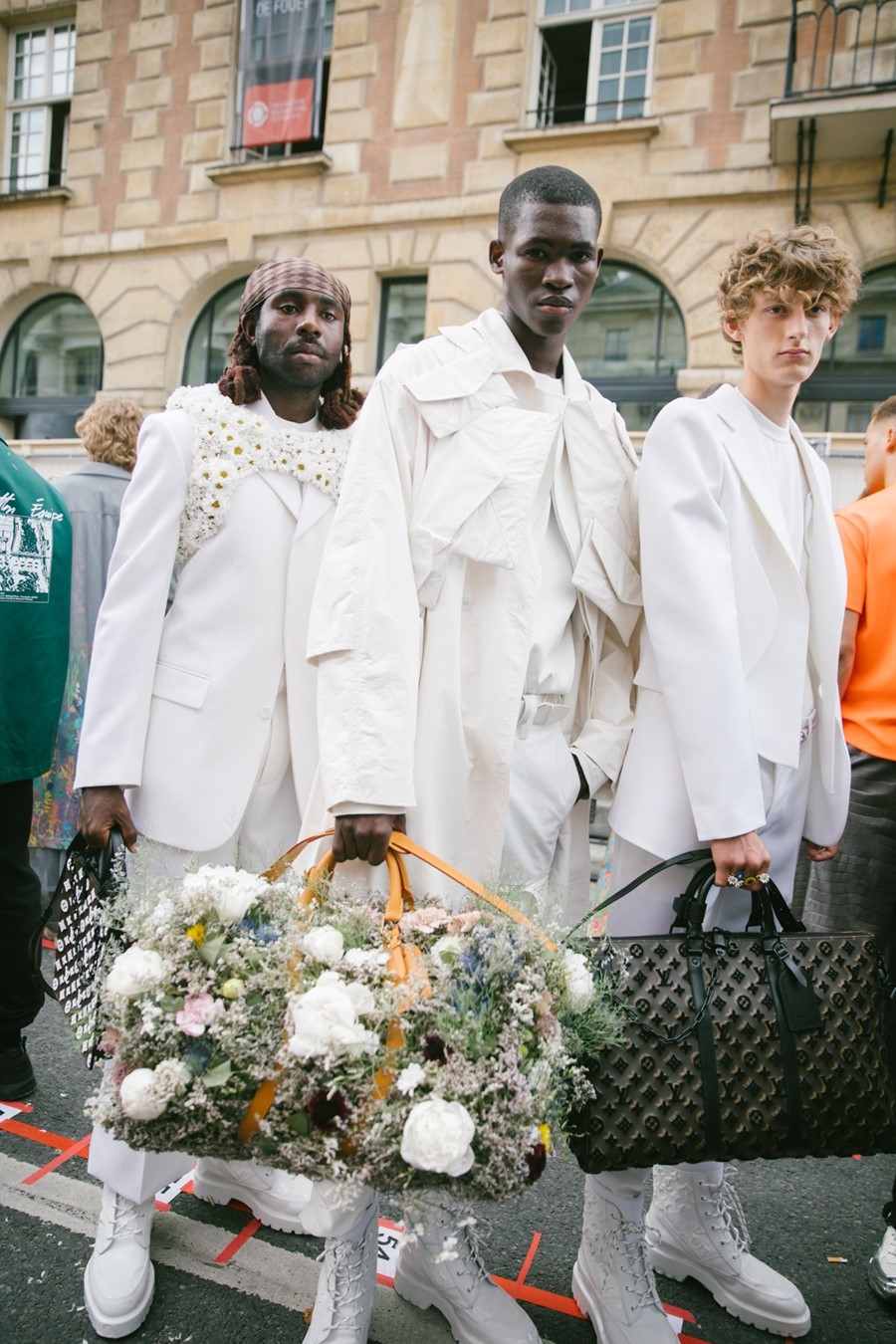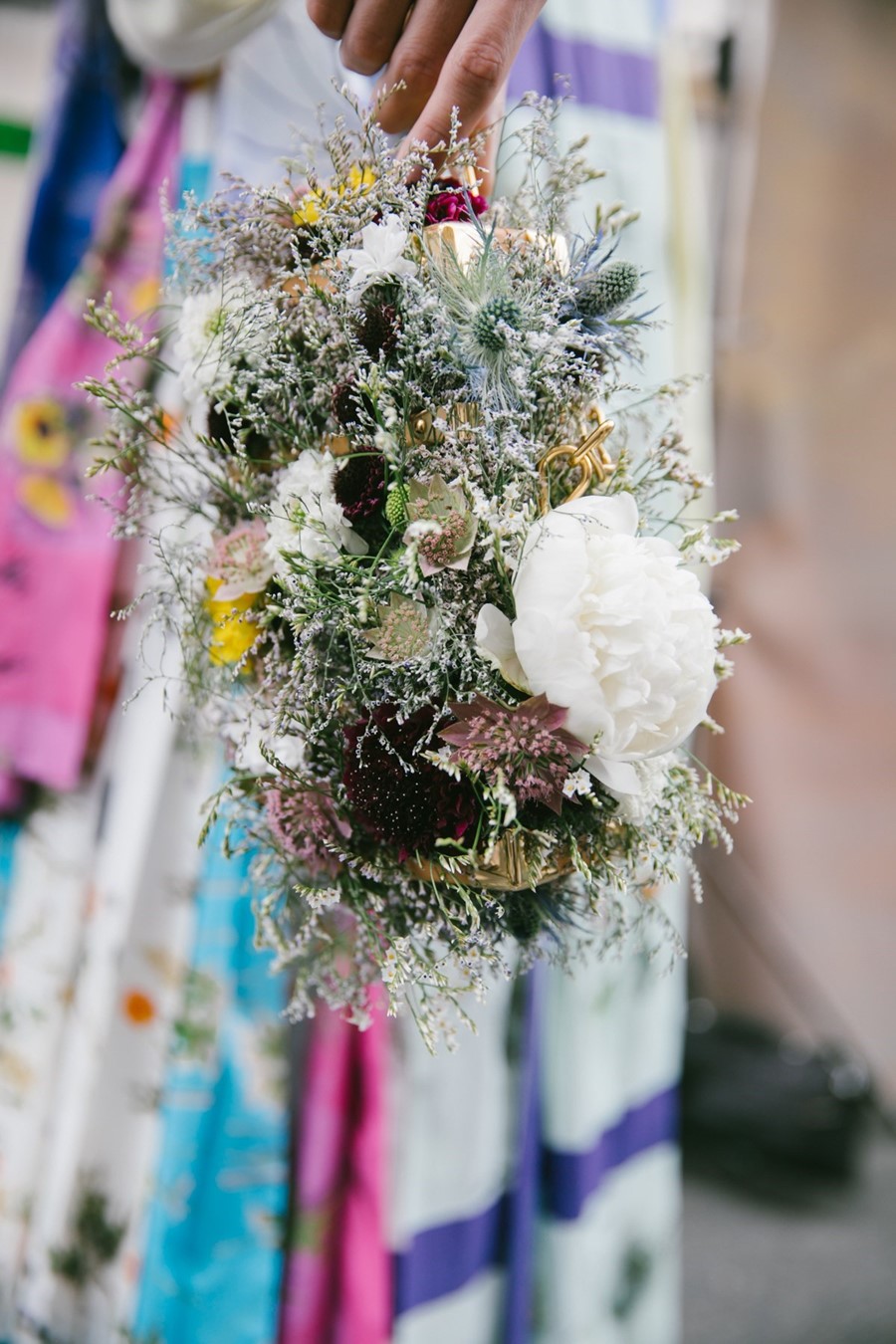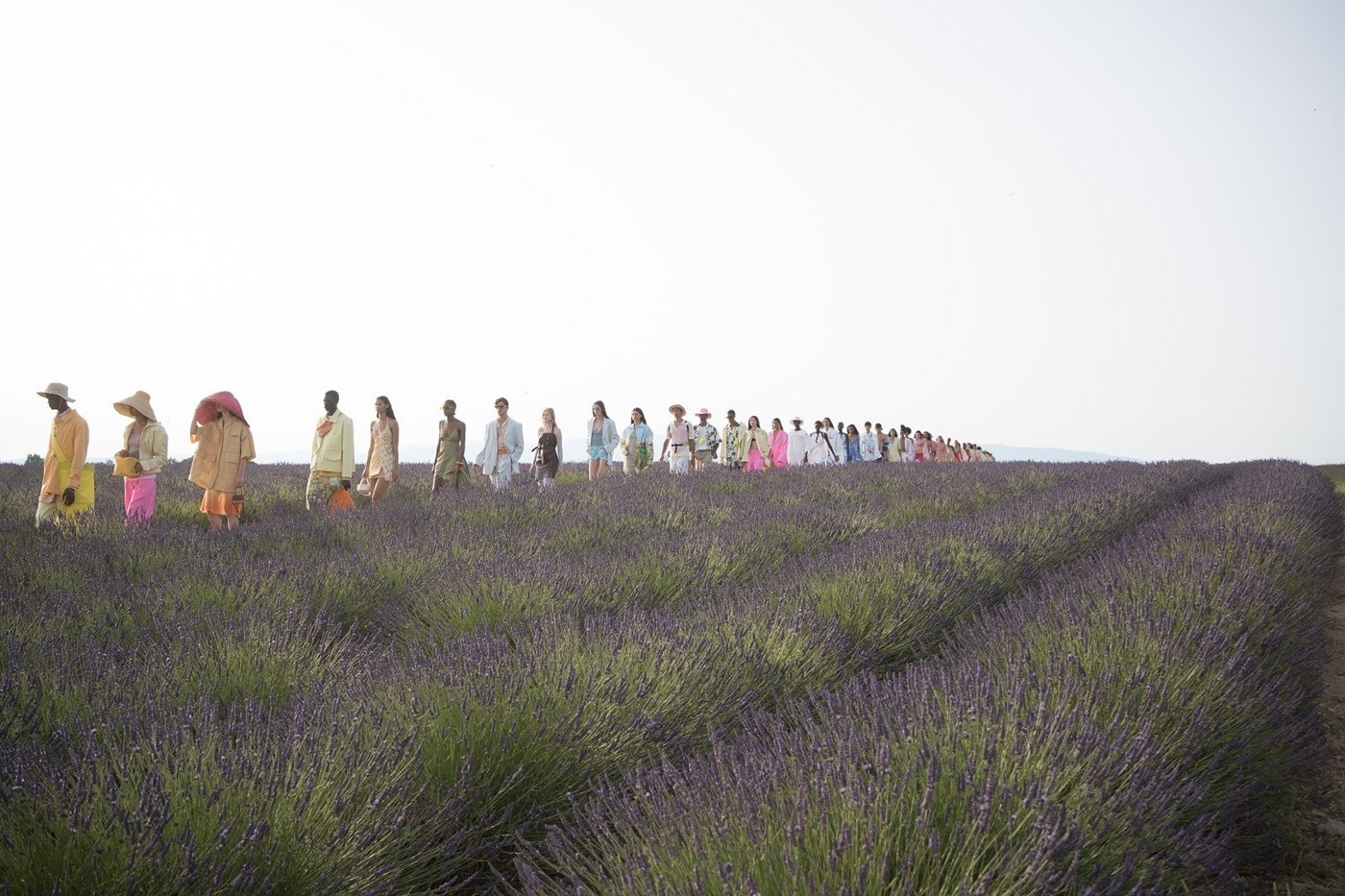The Menswear Shows Were All About Horticulture – But Why?
- TextTed Stansfield
Florals for spring may not be groundbreaking, but their proliferation at the menswear shows says something about the cultural mood
On the surface of things, the worlds of fashion and horticulture seem at odds with one another: the glamour of the former being the antithesis of the literal grit of the latter. It’s hard to imagine two more different sights than the beauty of an haute couture fashion show and the mud and mess of your everyday back garden. Both however belong – in varying ways – to the visual arts; both are concerned with form, shape, line, colour, value, space and texture; both belong to the pursuit of beauty – a pursuit which stretches back to the very dawn of human civilisation.
Dries Van Noten, perhaps fashion’s most famous horticulturist since Christian Dior, draws similarities between his practices as a fashion designer and a gardener. “It’s not like I’m a split personality, saying, ‘Now I’m a fashion designer, now I’m cooking, and now I’m gardening.’ I do everything with the same passion and the same vision, I think,” he said in an interview last year. “But everybody says, for example, ‘this is now out of fashion.’ I love also to think about, ‘Okay, nobody likes gladiola for the moment, maybe we have to use one in the garden and see what we can do with it, because maybe there’s something very interesting to play with. So it’s always that you try to see things in a different way. You do experiments, and that’s a good thing about a garden: when you don’t like it, the year after, you take it down and you replace it with something else. It’s more a vision, a way of thinking, a way of playing with things.”
In fact, the history books of fashion are littered with instances of where the worlds of garments and gardens have come together in intimate and inspiring ways. One only has to think of John Galliano’s A/W05 Haute Couture show for Christian Dior, where the designer installed an exquisite Edwardian garden as a backdrop, with cobwebs, fallen chandeliers, and clumps of lily of the valley. Or, more recently, Karl Lagerfeld’s S/S19 Haute Couture show for Chanel – his last haute couture offering for the house – where he transported us to an Italian garden, with terracotta urns filled with oleander, cypress and palm trees, sandy pathways and stone balustrades.
In fact, the very best fashion shows seem to mirror gardens in their multi-sensory beauty. Writing for AnOthermag.com just last month, Edward Meadham, whose shows for Meadham Kirchhoff are some of the best examples of this kind of beauty, spoke of how he used perfume to this end. “I would select a scent from Penhaligon’s catalogue that best matched the collection and with it, the show invitations, the clothes, the models and the show space were all heavily sprayed continuously right up until the first model entered the runway,” he said. Just like a garden fragrant with the scent of flowers, these shows possessed a beauty that could be appreciated by more than just the eyes.


While fashion and horticulture have a longstanding relationship, this synergy felt especially potent at the Spring/Summer 2020 menswear shows. This started with Fendi, whose show took place in the gardens of Milan’s Villa Reale. The sound of birdsong filled the air as models crunched their way along the gravel path, lit by dappled sunlight and showcasing a collection that had gardening at its heart. (Silvia Venturini Fendi herself is an avid gardener, growing fruit, vegetables and roses from her house in the country.) Overalls, trug baskets, watering cans and gardening gloves accompanied a clothes in shades of verdant greens and earthy browns, with some floral prints to boot.
Onto Paris and gardens had clearly been playing on Virgil Abloh’s mind, too. Off-White’s models trailed (and then trampled) through a field of white carnations, while Louis Vuitton’s cast walked through the public square of Place Dauphine; chestnut trees lining the catwalk and flowers adorning the clothes. At Dries Van Noten, horticulture was similarly sewn into the very fabric of the garments – this season, the Belgian designer put on a display of florals that ranged from Chinoiserie prints to ones which seemed to reference flowers in modern and contemporary art: Delaunay, O’Keefe, Van Gogh and Warhol. At Jil Sander, the catwalk was lined with flowers, albeit behind frosted glass, while at Jacquemus, whose show took place in Provence just after the official close of Paris Men’s Fashion Week, the catwalk through a seemingly endless sea of lavender. Again, a beauty for more than just the eyes – one can only imagine the fragrance.


Fashion, as it is often said, holds a mirror up to society, reflecting the spirit of the age; what as a culture we’re thinking, feeling and at times even fearing. So what might this piqued interest in horticulture represent?
Well, gardening is an obvious antidote to the environmental anxieties we may be feeling. With the news that the ice caps are melting, the oceans are rising and that a football field of the Amazon rainforest is lost every second, such anxieties aren’t misplaced. Gardens are a space where we can abate these worries; where we can create and cultivate, not damage and destroy; where we can be kind to nature, not inflict cruelty upon it. They are a space where we can connect to the Earth in a metaphysical sense and earth in a very physical sense; where we can connect to our most essential humanity – we have, after all, been cultivating since the very dawn of civilisation. They are spaces where we can find some escape from what Churchill once called the “noise and traffic” of modern life; where, as the world spirals out of control around us, we can find some semblance of order; and where, in the simple, methodical process of growing and tending to plants, we can find a sense of calm. They are a medicine for the painful and proliferous ailments of modernity.
“That first snowdrop, the flowering of the rose you pruned, a lettuce you grew from seed, the robin singing just for you,” said British horticultural hero Monty Don in an interview earlier this year. “These are small things but all positive, all healing in a way that medicine tries to mimic.”

With this in mind, it’s not surprising that we as a culture, and by proxy our fashion designers, would be drawn to and draw from this pleasurable past time.
Many cultures believe that humanity itself originated in a garden, a paradise, which we lost and, deep down, yearn to return to. “The more you look at the history of ‘homo sapiens’, it’s all about movement, right from the very first time they decided to leave Africa,” said British explorer Michael Palin on the A History of the World in 100 Objects radio series. “It is this restlessness which seems a very significant factor in the way the planet was settled by humans. It does seem that we are not settled, we think we are, but we are still looking for somewhere else where something is better – where it’s warmer, it’s more pleasant. Maybe there is an element, a spiritual element, of hope in this whole thing. You know, that you are going to find somewhere that is going to be wonderful. It’s the search for paradise, the search for the perfect land – maybe that’s at the bottom of it all, all the time.”
Perhaps Palin is right, that this search for the perfect land, is at the bottom of it all; at the root of desire for a beautifully curated wardrobe and a beautifully kept garden. Perhaps it’s all about a search for paradise.












